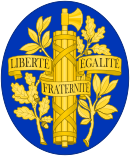
The president of France, officially the President of the French Republic, is the head of state of France, head of the executive, as well as the commander-in-chief of the French Armed Forces. As the presidency is the supreme magistracy of the country, the officeholder is the holder of the highest office in France. The powers, functions and duties of prior presidential offices, in addition to their relation with the prime minister and Government of France, have over time differed with the various constitutional documents since the Second Republic.

The Twenty-second Amendment to the United States Constitution limits the number of times a person is eligible for election to the office of President of the United States to two, and sets additional eligibility conditions for presidents who succeed to the unexpired terms of their predecessors.
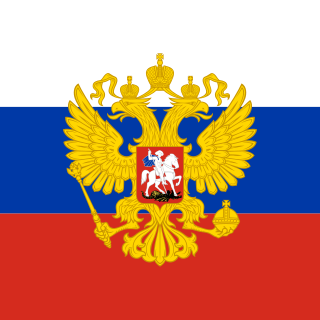
The president of the Russian Federation, is the supreme head of state of the Russian Federation, as well as the commander-in-chief of the Russian Armed Forces. It is the highest office in Russia.
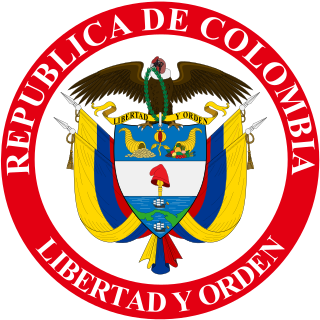
The President of Colombia, officially known as the President of the Republic of Colombia or President of the Nation is the head of state and head of government of Colombia. The office of president was established upon the ratification of the Constitution of 1819, by the Congress of Angostura, convened in December 1819, when Colombia was the "Gran Colombia". The first president, General Simón Bolívar, took office in 1819. His position, initially self-proclaimed, was subsequently ratified by Congress.
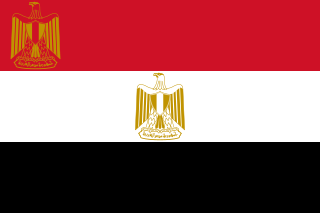
The president of Egypt is the executive head of state of Egypt. Under the various iterations of the Constitution of Egypt following the Egyptian Revolution of 1952, the president is also the supreme commander of the Armed Forces, and head of the executive branch of the Egyptian government. The current president is Abdel Fattah el-Sisi, in office since 8 June 2014.

The current Constitution of France was adopted on 4 October 1958. It is typically called the Constitution of the Fifth Republic, and it replaced the Constitution of the Fourth Republic of 1946 with the exception of the preamble per a Constitutional Council decision in July 1971. The current Constitution regards the separation of church and state, democracy, social welfare, and indivisibility as core principles of the French state.
A term limit is a legal restriction that limits the number of terms an officeholder may serve in a particular elected office. When term limits are found in presidential and semi-presidential systems they act as a method of curbing the potential for monopoly, where a leader effectively becomes "president for life". This is intended to protect a republic from becoming a de facto dictatorship. Term limits may be applied as a lifetime limit on the number of terms an officeholder may serve, or the restrictions may be applied as a limit on the number of consecutive terms they may serve.
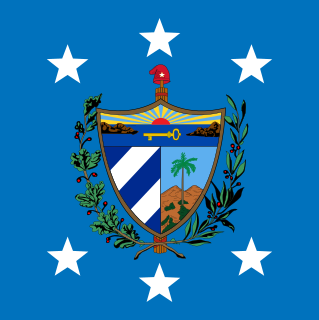
The president of Cuba, officially the president of the Republic of Cuba, is the head of state of Cuba. The office in its current form was established under the Constitution of 2019. The President is the second-highest office in Cuba and the highest state office. Miguel Díaz-Canel became President of the Council of State on 19 April 2018, taking over from Raúl Castro, and has been President of Cuba since 10 October 2019.
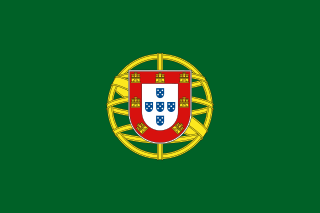
The president of the Portuguese Republic is the head of state of Portugal.

The president of Tunisia, officially the president of the Tunisian Republic, is the head of state of Tunisia. Tunisia is a semi-presidential republic, whereby the president is the head of state and the prime minister is head of government. Under Article 77 of the Constitution of Tunisia, the president is also the commander-in-chief of the Tunisian Armed Forces. The incumbent president is Kais Saied who has held this position since 23 October 2019 following the death of Beji Caid Essebsi on 25 July 2019.

The lieutenant governor of Virginia is a constitutional officer of the Commonwealth of Virginia. The lieutenant governor is elected every four years along with the governor and attorney general.
A senator for life is a member of the senate or equivalent upper chamber of a legislature who has life tenure. As of 2021, six Italian senators out of 321, two out of the 41 Burundian senators, one Congolese senator out of 109, and all members of the British House of Lords have lifetime tenure. Several South American countries once granted lifetime membership to former presidents but have since abolished the practice.
In the United States, term limits, also referred to as rotation in office, restrict the number of terms of office an officeholder may serve. At the federal level, the 22nd Amendment to the United States Constitution limits the president of the United States to two four-year terms. State government offices in some, but not all states, are term-limited, including for executive, legislative, and judicial office.
A term of office is the length of time a person serves in a particular elected office. In many jurisdictions there is a defined limit on how long terms of office may be before the officeholder must be subject to re-election. Some jurisdictions exercise term limits, setting a maximum number of terms an individual may hold in a particular office.

The 1848 French presidential election was the first French presidential election ever held. It elected the first and only president of the Second Republic. The election was held on 10 December 1848 and led to the surprise victory of Louis-Napoléon Bonaparte with 74% of the popular vote. This was the only direct presidential election until the 1965 French presidential election.
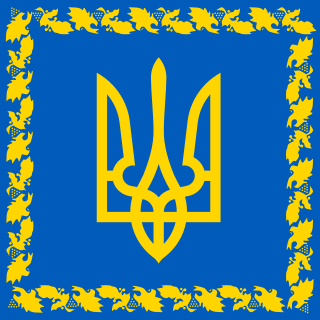
The president of Ukraine is the head of state of Ukraine. The president represents the nation in international relations, administers the foreign political activity of the state, conducts negotiations and concludes international treaties. The president is directly elected by the citizens of Ukraine for a five-year term of office, limited to two terms consecutively.

Presidential elections in France determine who will serve as the President of France and Co-Prince of Andorra for the French side for the next several years.

Term limits in Russia are limitations set by the Constitution of Russia that limit how long an individual may hold a specific political office in Russia. The Russian government uses consecutive term limits, requiring officeholders to leave office after term limits have been reached, but allowing them to seek the office again after one term of separation. The President of Russia is limited to no more than two consecutive six year terms, and governors of all federal subjects are limited to no more than two consecutive five year terms.
Term limits in South Korea are limitations on how long an officeholder may hold a specific government office in South Korea. The President of South Korea is limited to one five-year term without the possibility of reelection. Governors and mayors are limited to three four-year terms. Following its establishment in 1948, South Korea underwent a period of presidents loosening term limits and subsequently being removed from office through force. No president has overstepped or subverted term limits since the current government was established in 1987.
